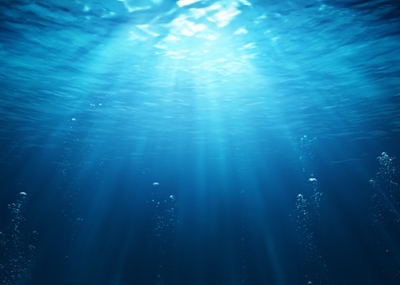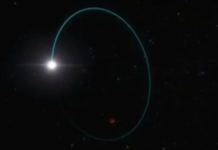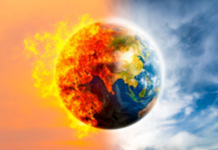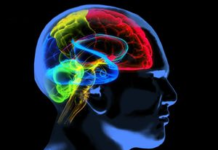Sydney– A team of marine experts at the University of Queensland (UQ) have compiled a list of more than 45,000 at-risk species, showing the extent of the impact that global warming and other factors pose to marine life.
The study, published in the Ecological Society of America (ESA) journal and released to the public on Wednesday, established a framework that pinpointed where and how conservation efforts should be focused.
Dr. Nathalie Butt from UQ School of Earth and Environmental Sciences said the research made important distinctions between the threats to different types of sea life, Xinhua news agency reported.
Corals and other sessile invertebrates, organisms without a backbone that are attached to the reef, were the most impacted by water conditions such as acidity and salinity, ranging between 0.4 and 0.5, on a 0 to 1 scale.
“Increasing water temperature is related to the increasing acidity of the ocean. So, it’s quite difficult for them (creatures with shell structures) to form those structures under increasing acidity,” Butt told Xinhua.
Meanwhile larger animals had greater sensitivity to direct impacts such as habitat destruction and fishing practices.
Dolphins, turtles, sharks and seabirds all had a sensitivity level between 0.5 and 0.6 to fishing activities.
Overall, inorganic pollution and water temperature impacted the largest number of species, affecting 31 per cent and 27 per cent of all 45,000 species respectively.
The framework brings unique knowledge to the field of marine conservation as it categorises species and their threats according to their shared biological traits which were then mapped onto specific environmental stressors.
“Conservationists can use the framework to prioritise resources for their protection and determine which management actions would best protect particular species or groups of species and where,” said fellow researcher Associate Professor Carissa Klein.
The team hoped that the project would serve as a core database that could continue to be collaborated and built upon. (IANS)
















